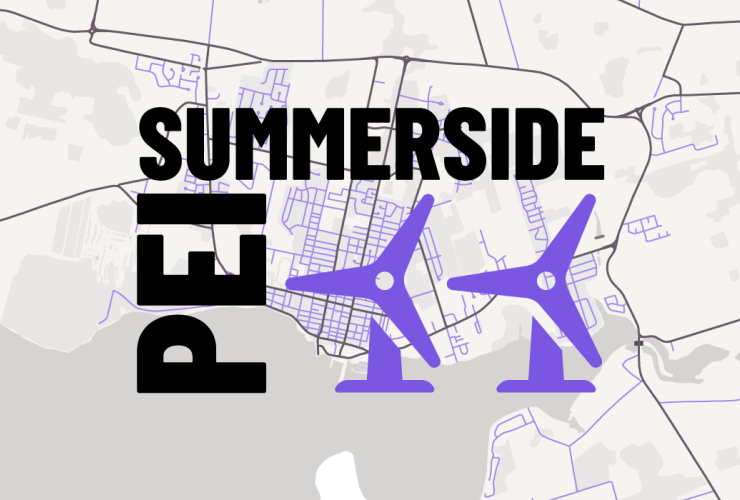Young people have mostly avoided COVID-19’s worst immediate health outcomes, but extended bouts of online learning have created a cohort of high school students much more likely to be anxious or depressed, the latest reading from a major ongoing study shows.
Four in 10 Ontario students reported clinically relevant depression symptoms prior to the pandemic in the COMPASS study, a figure which has since climbed to almost six in 10 for students learning online.
Anxiety has also spiked much more for online students than those who opted for in-class learning, although they too reported worsening mental health, especially early in the pandemic.
“That should be the immediate public health priority nationally,” said Scott Leatherdale, a professor at the University of Waterloo’s School of Public Health Sciences and creator of the study, which has surveyed young Canadians since 2012. “That should be an immediate call to action for almost everyone working in the public health system.”
“It's been pretty clear, I think, over the last 18 months that youth have not been a priority in any of the decision-making,” he said. “But the impact on their lives was unparalleled.”
Leatherdale and his colleagues recently presented their latest data — which covers February to April of this year as well as a snapshot from December and another from the first wave back in May and June 2020 — to public health officials in Ontario.
It showed that the move to learning from home also led to a sharp drop in substance use among high schoolers, which Leatherdale attributed to limited access and increased supervision from parents or guardians.
While between eight and 10 per cent of high schoolers said they smoked cigarettes before the pandemic, that dropped to three per cent for those learning online in February to April, and held steady for those in class.
Vaping dipped from an activity just less than a third of students took part in to one that between 10 and 14 per cent of online learners did, while binge-drinking was most recently something eight per cent of remote students engaged in compared to 23 per cent of those in class (the rate was around 17 or 18 per cent pre-pandemic).
Cannabis use has halved among those learning online, while it is only slightly below pre-pandemic levels for in-class students, at 15 per cent.
Schools in and around Toronto were shuttered in early April this year amid a third wave of infections, having only reopened in mid-February at the tail end of a second wave that kept the province’s students in virtual school since the return from an extended winter break.
They had learned online from March to June last year, and have spent more time out of their classrooms and away from their schools than students in any other province.
Leatherdale said the findings suggest efforts to improve health outcomes for young people will in future need to focus more on how mental health issues drive various coping mechanisms, which also included disordered eating and other activities, rather than honing in on substance use as a driver of mental health concerns.
The COMPASS study is a 10-year project to collect data from more than 150 secondary schools in Ontario, Quebec, Alberta, British Columbia and the roughly 75,000 Grade 9 to Grade 12 students attending those schools.
Participation has dipped since the study was forced to move to an online format, with around 40,000 students completing the questionnaire since COVID-19 arrived, including almost 10,000 in Ontario.
Leatherdale said the longitudinal study, which tracks the same students over time, is filling a gap by helping policymakers understand when and why young people take up or shift certain behaviours.
“If we really want to understand onset and transitions, we need longitudinal data following kids to see why do they start smoking, why do they start drinking, et cetera, because if we really want to intervene, we need that kind of data,” he said.
He said that each participating school gets their own data back in a customizable report, so the principal knows the exact smoking rate at their school, for example, and the overall mental health profile of students, and is provided with recommendations based on those numbers.
“So schools can make decisions based on their own local evidence rather than having to depend on whatever is available provincially, which can be pretty desperate and not locally relevant,” he said.
Morgan Sharp / Local Journalism Initiative / Canada’s National Observer







Comments